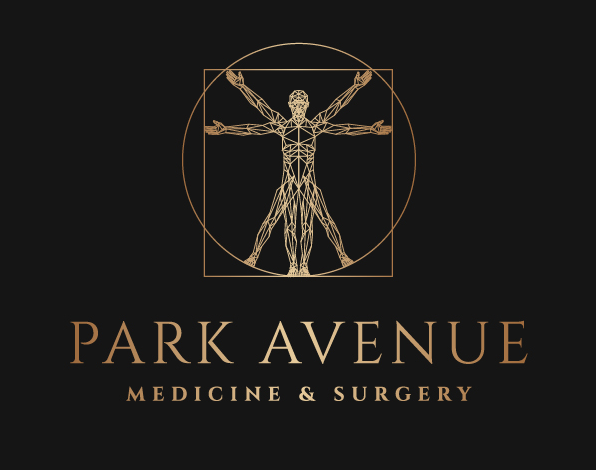Barriers to Healthcare in NYC
Every Winter season we expect runny noses and pesky colds, inevitably resulting in more trips to the doctor. Living in in a large metropolis like New York City, it is always important to address health concerns, considering the small and cramped spaces us New Yorkers find ourselves in. Many of us are lucky enough to afford healthcare, but how do we acknowledge and support those who can not? Unfortunately, certain barriers to healthcare prevent many New Yorkers from being healthy and it’s time to talk about how and why this is such a problem. On a larger scale, it is estimated that 28.2 million Americans do not have healthcare. Considering the nuanced advancements in technology and medicine, it is unimaginable that millions of people can not access the help they need. It is expected that class, social identity, and education are three huge components of why health disparities impact millions of Americans.
One broad barrier to healthcare that we often overlook is class. Unfortunately, having money often means having better chances of being healthy. According to a 2015 report by the Centers of Disease Control (CDC), 11.3% of Americans making less than $35,000 delayed seeking medical care due to the cost (CDC, 2015). Wealthier Americans, on the other hand, are more likely to seek and receive medical attention. Consider the process of going to the doctor; health insurance as well as copays and medicine bills certainly add up. Combined with the cost of eating healthy and maintaining physical fitness, it is not surprising that poorer Americans struggle to maintain their health.
Another key player that impacts health is one we can often physically see–social identity and status. Race, gender identity and sexual orientation are groups of identities which uniquely impact healthcare barriers and access to medical attention. For example, there has been a growing trend of oral diseases negatively affecting minority groups. According to a 2011 study on dental hygiene, non-Hispanic White Americans report better dental health than ethnic minorities such as Chinese Americans and African Americans. Gender identity and sexual orientation additionally impact health. According to Dr. Nadav Antebi, social identity plays a huge role in health outcomes in general. Dr. Antebi focuses his research mainly on the role of stigma in relation to health outcomes and positive psychology. When asked about the role of discrimination and bias against HIV-positive individuals, for example, Dr. Antebi says, “HIV stigma may make HIV-positive people experience shame and guilt, which in turn can make them stay "in the closet" about their HIV status. Such feelings are linked to being at risk for a myriad of mental health concerns, including depression, anxiety, and lower well-being.” Therefore, stigma and societal shaming of certain identities complicates the relationship between health and health outcomes. If people of certain races, genders, or sexual orientations are more likely to experience poor health due to discrimination and shame, health proves itself more complicated than we often think.
In addition to wealth and social status, education and access to information also play a critical role in the nature of healthcare. Simply knowing how to afford healthy food or how to prevent conditions such as sexually transmitted diseases and pregnancy can save lives. The statistics do not work in the favor of the uneducated, however. Those with a college degree are nearly twice as likely to seek medical attention than those without (CDC, 2015). Sex education, especially, is a critical method of preventing illness and poor health. Certain sexually transmitted diseases, for instance, may be prevented with the use of a condom. Using effective and safe methods of birth control promote health. However, millions of Americans do not have sexual education in school or at home and consequently demonstrate higher rates of unwanted pregnancy, HIV, and STDS. Educating both children and adults about affordable health management may be an effective way to improve health outcomes and maintain a healthy lifestyle.
Although changing the infrastructure of the American healthcare system may seem overwhelming, it is possible to take initiative. Changing healthcare can happen at a variety of levels, ranging from government policy to actions of the individual. Certain initiatives have been implemented in New York City to spread health education and prevent a multitude of health conditions. Just last September, New York City Mayor Bill de Blasio announced a program titled “Building Healthy Communities” which aims to ameliorate living conditions and health outcomes in low socioeconomic areas of New York City. At a more individual level, New Yorkers have the ability to improve living conditions for all by taking part in the community emphasizing collective action as well as community empowerment. Consider supporting organizations which help underprivileged groups, such as New Immigrant Community Empowerment, Planned Parenthood, and Coalition for the Homeless.
References:
Early release of selected estimates based on data from the 2016 National Health Interview Survey, tables 1.1a, 1.1b, https://www.cdc.gov/nchs/fastats/health-insurance.htm
"Summary Health Statistics: National Health Interview Survey,
2015."Ftp://ftp.cdc.gov/pub/Health_Statistics/NCHS/NHIS/SHS/2015_SHS_Table_P-9.pdf. Centers for Disease Control, 2015. Web.Shelley, D., Russell, S., Parikh, N. S., & Fahs, M. (2011). Ethnic disparities in self-reported oral health status and access to care among older adults in NYC. Journal of Urban Health, 88(4), 651-662.
"Summary Health Statistics: National Health Interview Survey, 2015."Ftp://ftp.cdc.gov/pub/Health_Statistics/NCHS/NHIS/SHS/2015_SHS_Table_P-9.pdf. Centers for Disease Control, 2015. Web.



